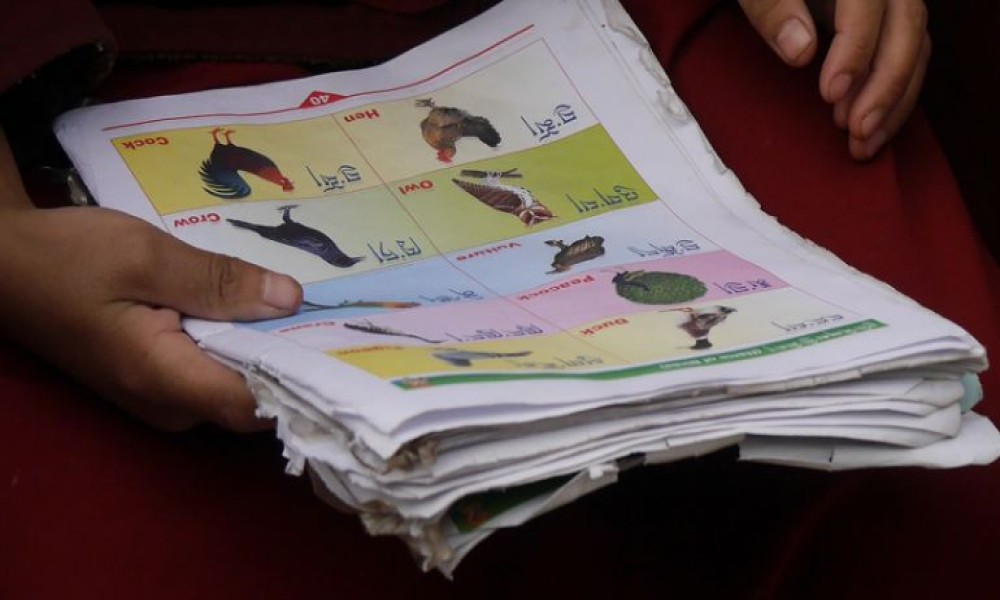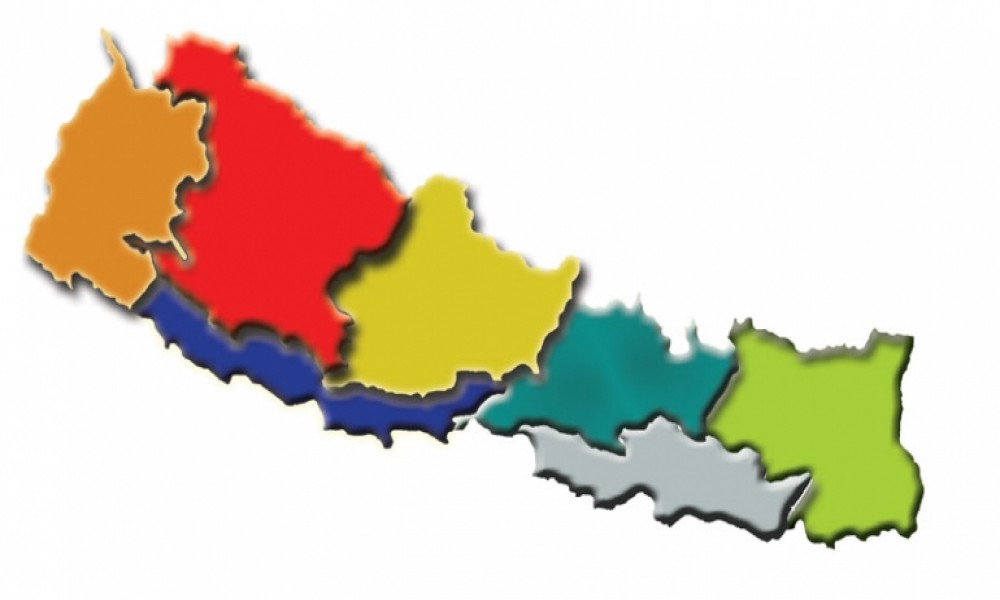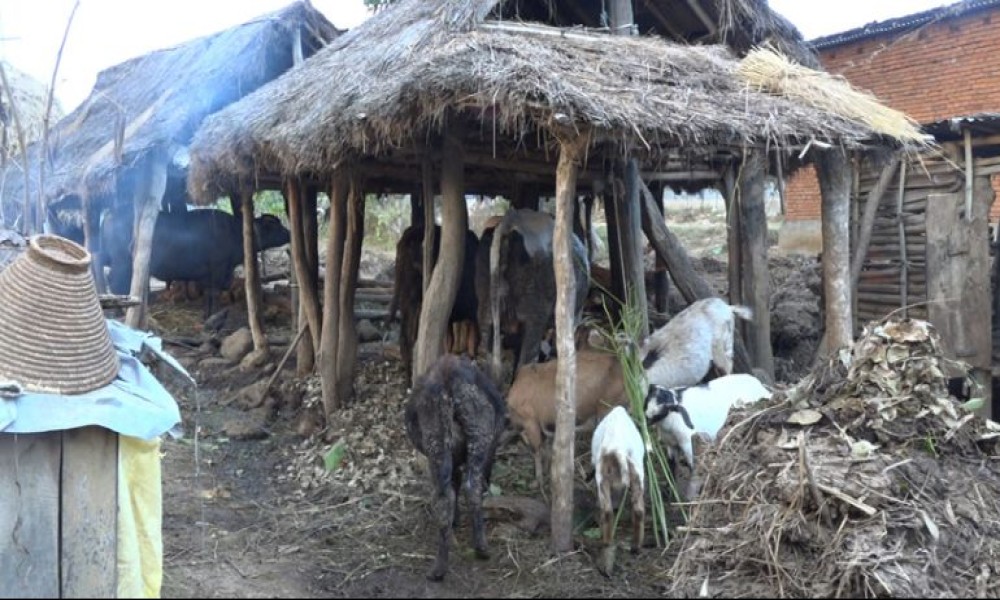Biplav Dhakal and Aadesh Karki
Nepal’s new constitution is far more progressive than its previous charters when it comes to preserving the country’s diverse mother tongues. It has recognised all mother tongues as national languages, and its article 31(5) has guaranteed people’s rights to attain education in their own languages.
However, as pointed out by American legal scholar and educator Roscoe Pound, any law has two sides: theory and practice. And its both aspects need to be analysed.
The 2015 Constitution -- promulgated in Nepal for the first time by an elected assembly –- has protected all national languages. But are Nepal’s all diverse mother tongues really preserved and protected?
The 2015 Constitution -- promulgated in Nepal for the first time by an elected assembly –- has protected all national languages. But are Nepal’s all diverse mother tongues really preserved and protected?
According to the 2011 census, Nepal has 1.9 million Magar people, but only 0.8 million of them can speak their mother tongue. Similarly, only 61% of Nepal’s 0.5 million Gurung population can speak their language. In Newar and Tamang communities, only 36% and 12% people can speak their languages respectively.
So, the state of mother tongues is not encouraging. In every indigenous community, number of people who can speak their mother tongue is on the decline.
According to linguist Amrit Yonjan Tamang, outmigration also plays a role in decreasing the number of mother tongue speakers. As people migrate for overseas jobs, their families leave villages and settle down in nearby towns and cities. Once away from villages, they start using Nepali as a lingua franca and their children do not learn their mother tongues.
Yonjan also says that top government authorities are not working towards ensuring education in mother tongue despite the constitution guaranteeing it.
Children should be taught in their mother tongue until third grade, and they can be taught in second or third languages. A research conducted by the government of Nepal has shown that those children who get to attain education in their own languages are likely to learn faster.
Therefore, number of people who can speak their mother tongue is expected to decrease further when the next population census is conducted in 2021. So, what should be our way forward? First, we need to be further proactive to implement the article 31 (5) of the Constitution.
All education experts agree that ensuring education in mother tongue is the best way to promote Nepal’s linguistic diversity. Education expert Dr Bidyanath Koirala says children should be allowed to gain education at primary level. One may ask: So, what to do with Nepali? And what about English?
Dr Koirala says children should be taught in their mother tongue until third grade, and they can be taught in second or third languages. A research conducted by the government of Nepal has shown that those children who get to attain education in their own languages are likely to learn faster.
Biplav Dhakal and Aadesh Karki are students of Kathmandu School of Law. This is an unofficial translation of parts of an article written by them, and originally published on www.ratopati.com









